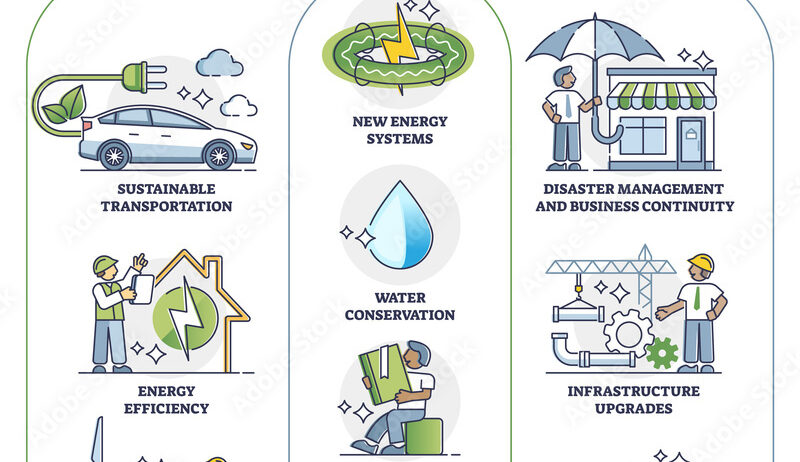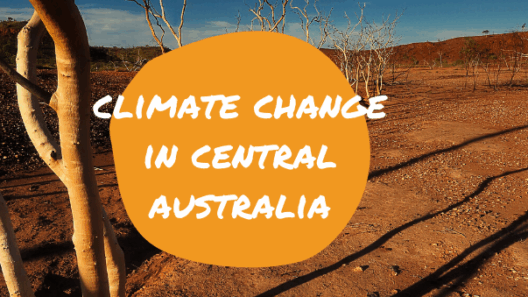As the sun rises over the horizon, casting its warm glow upon a planet in distress, the urgency of climate change becomes more poignant than ever. It serves as a clarion call for meticulous innovation, an invitation to catalyze a harmonious relationship between humankind and nature. The ferocity of climate change, akin to an unrelenting tempest, demands revelatory solutions that wield the power of ingenuity to avert impending calamity. Within this intricate dance of survival, innovative technologies emerge not merely as tools, but as crucial lifelines that promise resilience and resurgence.
Innovations in clean technology are akin to the alchemists of yore, transmuting the baser elements of our daily lives into sustainable gold. Every year, researchers and entrepreneurs unveil a dazzling array of ideas, each more enchanting than the last, provoking dialogue and action worthy of our fragile ecosystem. From atmospheric CO2 capture to oceanic bioengineering, these revolutionary concepts evoke the prospect of a cleaner, greener planet—one where harmony prevails and resources are revered.
Consider the realm of carbon capture and storage (CCS), a vanguard solution poised at the intersection of industrial advancement and environmental stewardship. This technology embodies the life-giving properties of a mythical phoenix, rising from the ashes of pollution-laden industries. By sequestering carbon emissions produced during the combustion of fossil fuels, CCS transforms a source of destruction into a veritable cornerstone for climate mitigation. Moreover, when such technologies are married to renewable energy infrastructures, we witness a robust synergistic effect, whereby both industries proliferate, paving a road towards sustainability.
Turning our gaze to innovations in agriculture, we uncover a treasure trove of strategies designed to bolster food security while safeguarding environmental integrity. Precision farming techniques, augmented by artificial intelligence, metamorphose traditional practices into sophisticated systems capable of optimizing resource utilization. It is as if farmers have donned the robes of ancient sages, wielding data analytics to conjure verdant solutions that respect the delicate equilibrium of the ecosystems they inhabit. Moreover, practices like regenerative agriculture act as stewardship instruments, rejuvenating soil health and enhancing biodiversity, analogous to a restorative balm for Mother Earth herself.
In this context, innovative biotechnologies play a crucial role in the quest for eco-friendly alternatives to conventional materials. Bamboozling the perception of waste, scientists are ingeniously employing bioengineered organisms to produce biodegradable plastics and textiles. These inventive materials, arising from the very building blocks of life, serve not just as substitutes, but as statements—declarations that harmony can be achieved even in the sphere of consumption. Picture this: a world where packaging, once a cumbersome pollutant, becomes a savior of the environment, decomposing gracefully back into nature’s fold.
However, innovation in climate change mitigation transcends mere technological prowess. Social innovation also emerges as a formidable force, dazzling us with the potential of collective action. Grassroots movements flourish, akin to resilient wildflowers breaking through the cracks of a concrete jungle, showcasing the indomitable spirit of communities worldwide. The power of education, awareness, and advocacy cannot be overstated; when individuals unite under the banner of sustainability, a cascade of change is set in motion. Initiatives promoting eco-conscious consumerism resonate deeply with the ethos of Earth-aware citizens, quite like a symphony harmonizing diverse melodies into one uplifting anthem for the planet.
The unique appeal of such movements lies in their capacity to convene diverse stakeholders: innovators, policymakers, and activists alike. When these entities collaborate, their collective effort embodies the principles of innovation in action. It’s as though they form an intricate tapestry—a multidimensional mosaic that not only addresses the symptoms of climate change but also unravels its systemic causes. By forging connections among disparate disciplines—from science to arts and humanities—we create a fertile soil for inventive solutions to germinate.
Yet, challenges persist, threatening to overshadow our zealous pursuits. Fading political will, limited funding, and entrenched interests often serve as deterrents, acting like shadows that loom over the brilliance of innovation. As society grapples with the weight of these challenges, the onus falls upon each of us to galvanize our efforts, demonstrate the viability of these novel solutions, and enlighten others about the repercussions of inaction. Perseverance, commitment, and strategic alliances form the bedrock upon which transformative initiatives can flourish.
In examining this paradigm, we realize that climate change innovation functions as both a compass and a crucible. The compass directs us toward greener practices, guiding collective efforts toward ecological stewardship. Equally, the crucible shapes our resolve, testing our ability to adapt, persevere, and innovate in response to ever-evolving challenges. The alchemy of these elements births solutions that are not only novel but inspirational—an evergreen testament to human spirit, ingenuity, and our intrinsic connection to the Earth.
As the pages of time turn, innovation remains an indelible force, beckoning us to embrace the possibilities that lie ahead. The journey toward mitigating climate change is replete with complexity, yet it is precisely within this complexity that the seeds of transformative solutions are sown. By nurturing these seeds through unwavering commitment and collaborative spirit, we can cultivate a bountiful harvest—a sustainable legacy that nurtures both humanity and the biosphere for generations to come.







